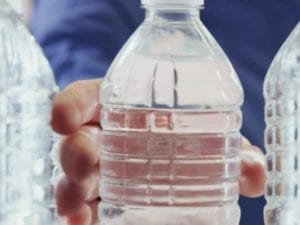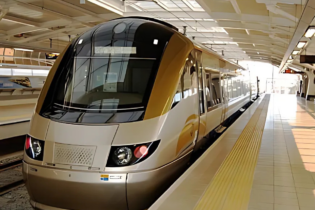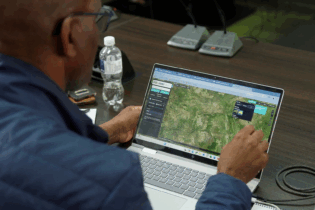The South African National Bottled Water Association (SANBWA) continues to prioritise the protection of the country’s water sources in the just-launched 4th version of its world-leading Bottled Water Standard.
The 1st version of the Standard was published over 21 years ago after SANBWA was formed in 1997 and its 3rd version was the first worldwide to include requirements for water source control and environmental stewardship. SANBWA Bottled Water Standard continues to benchmark favourably against international standards and:- ensures legal compliance
- is fully auditable so that a single audit can ensure that all legal and food safety requirements have been met thereby protecting the bottler and enabling it to prove due diligence
- helps bottlers identify the area where they still need to improve
- assists retailers and consumers to select suppliers of safe bottled water
- source sustainability and protection
- water usage minimisation
- energy efficiency
- solid waste minimisation
- support for post-consumer recycling initiatives
“Further the location of any sewage system, for example, septic tanks and field drains, shall not potentially contaminate the water source or facility water systems. Finally, there shall be no evidence of flooding, leakage or pollution of the water source.”
According to Metcalf, sustainability is also ensured by the requirement that water extraction volumes shall be monitored and shall not exceed the volumes and conditions set out in the water license granted by the issuing authority. Monitoring water usage also allows the bottling facility to determine the efficiency of water use with a water usage ratio calculated monthly, recorded, monitored and reported at management reviews. The Standard also requires management to establish, evaluate and review targets and strategies to minimise water usage. “Every year, SANBWA’s third party and independent auditing body – NSF – audits members to ensure that their source, bottling facility, final product and every aspect of their bottling process adheres to SANBWA’s stringent standards,” added Metcalf. “The SANBWA audit consists of a desk study performed by specialists and an on-site audit performed by an experienced auditor, and requires a total of 24 man-hours of in-depth inspection and evaluation. The source is inspected physically every year and tests results are scrutenised. “Compliance is achieved by an overall score of at least 85% and 100% for critical and fundamental requirements. Only then are members bottlers allowed to display the SANBWA logo on their bottled water products. “The SANBWA logo acts as a seal of quality, and guarantees to the consumers the safety and sustainability of the water source. If the brand of bottled water you are buying doesn’t display the logo, ask yourself ‘why not?’,” she said.







